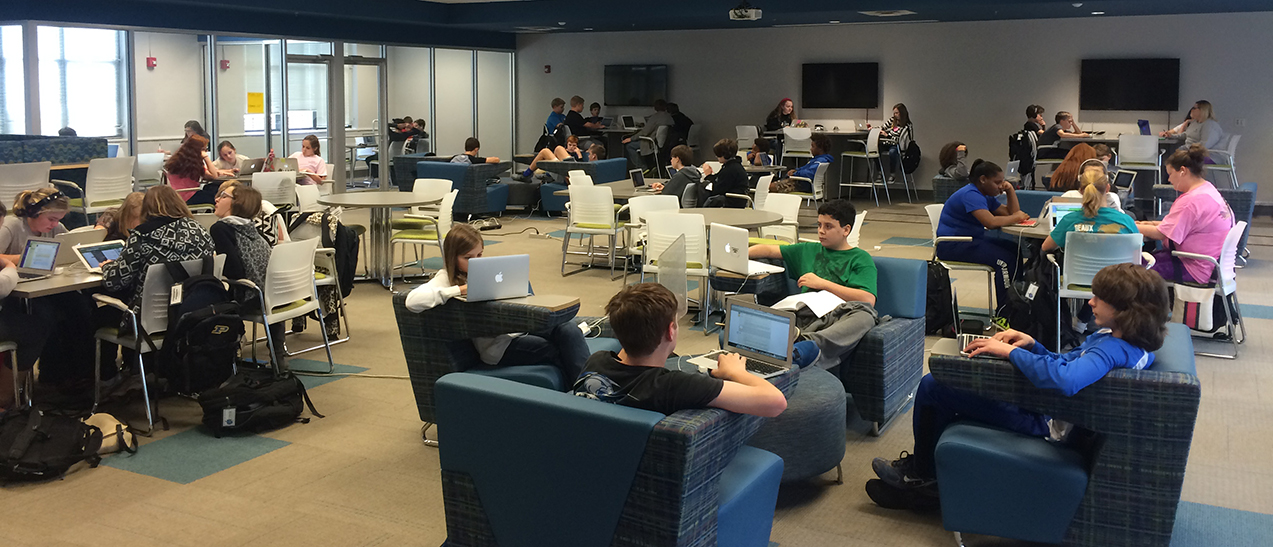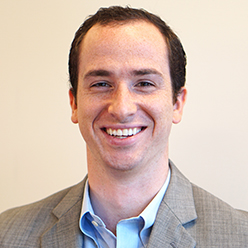As schools continue to join the Blended Learning Universe (BLU) school directory—the largest database of blended-learning schools—we are observing some important data trends that highlight how schools are approaching the blended-learning implementation process. In the past six months, we have seen at least a dozen schools that have shifted from using a single model of blended learning to using multiple models that have either joined the BLU or updated their BLU profiles. In total, 81 of the now 364 active schools in our database use a combination of two or more blended-learning models in their classrooms.
A few things to bear in mind in light of this data: First, this isn’t a new trend. Many schools have been using multiple blended-learning models for some time now, the BLU is simply confirming this as the database scales. Second, it’s not necessary to use multiple models of blended learning to address students’ needs—this data is simply an indicator that schools are modifying their blended programs over time.
What the trend suggests is that schools are using blended learning to solve discrete problems. Blended learning has the potential to personalize learning for individual students at scale, but the degree to which that potential is realized will depend on how educators adapt, iterate, and improve blended programs over time to address particular student needs.
Here are examples of schools featured in the BLU school directory that have approached the use of blended-learning design as a process aimed at addressing specific problems in order to enable students to accomplish goals:
SPARK Schools, an independent school network in South Africa, uses the Lab Rotation and Flex models to help drive student success. Founded in 2013, SPARK Schools originally implemented a Lab Rotation model, where all students rotated between classroom instruction and a computer lab for online instruction for math and reading. Eventually, the school started observing that older students were demonstrating personal responsibility and autonomy over their learning time and that teachers were naturally grouping students by skill level. What resulted was a shift to the use of a Flex model for students in 4th grade and up (students in grades K–3 still use the Lab Rotation). In this new model, students, grouped by skill level, move to various “learning modalities” for math, literacy, Zulu, and creative problem solving time. Students also have two learning modalities a day where they are free to work independently on online content and assignments according to the goals they set with their teachers on a weekly basis. These Flex stations give students more autonomy and leverage online learning so that students can access what they need, when they need it.
At Piedmont Middle School, a 6–8 public school in Piedmont, Ala., school leaders were struggling to figure out how best to differentiate instruction to meet individual students’ needs. They had observed that advanced students were not being challenged enough and struggling students were not receiving sufficient help from teachers to make meaningful progress. Although it was a 1:1 school at the time, and several teachers were implementing a Station Rotation model, school leaders were not seeing the growth they desired in student achievement. To address this challenge and to give students a greater degree of ownership of their learning, starting in 2014 Piedmont worked with NGLC and shifted to using a combination of the Station Rotation, A La Carte, and Flex models to provide a learning environment that allowed students to progress at their own pace and gave teachers ample time to work with students individually and in small groups. In this new model, students spend their time in three blocks each day: Class Time, Team Time, and My Time.
- Class Time is a rotational learning period during which students work independently and at their own pace on online content for math and reading and then apply the concepts and skills they gained from the online content in project-based assessments.
- Team Time gives students an opportunity to work with teachers as mentors to set goals, build relationships, and explore personal interests. Teachers use formative data assessments to monitor and focus students’ efforts. During this time, students also have the opportunity to take A La Carte online high school courses to work on content above their grade level.
- My Time is a self-directed Flex block that enables students to drive their learning and apply the self-directed learning strategies they developed during Team Time. Students use adaptive online curriculum to progress independently and collaborate with a teacher, a tech-student intern, or their peers to improve their learning. During this time, students’ work is driven by action plans created independently with their teachers. Teachers are given extra time every week by combining groups of students in My Time, and they use this time to reflect on students’ data and provide targeted instruction.
Piedmont, like SPARK, assertively made changes in response to challenges and modified its use of blended learning to meet students and teachers’ needs. With Flex stations and A La Carte offerings, students now have a higher degree of autonomy during the school day, which aligns with the school’s vision of advancing mastery and helping students take ownership of their learning.
As my colleague Julia Freeland Fisher has written, “The efficacy of blended learning greatly depends on its specific implementation and the particular problem it is designed to solve.” Educators must recognize the advantages and disadvantages that each model or combination of models offers and be willing to adapt and iterate over time as students’ needs change. SPARK Schools, Piedmont Middle School, and dozens of other schools in the BLU are doing just that, and school leaders across the world can now collaborate on the BLU to discover and share similar success stories. To add your school’s profile to the BLU school directory, sign up here.


